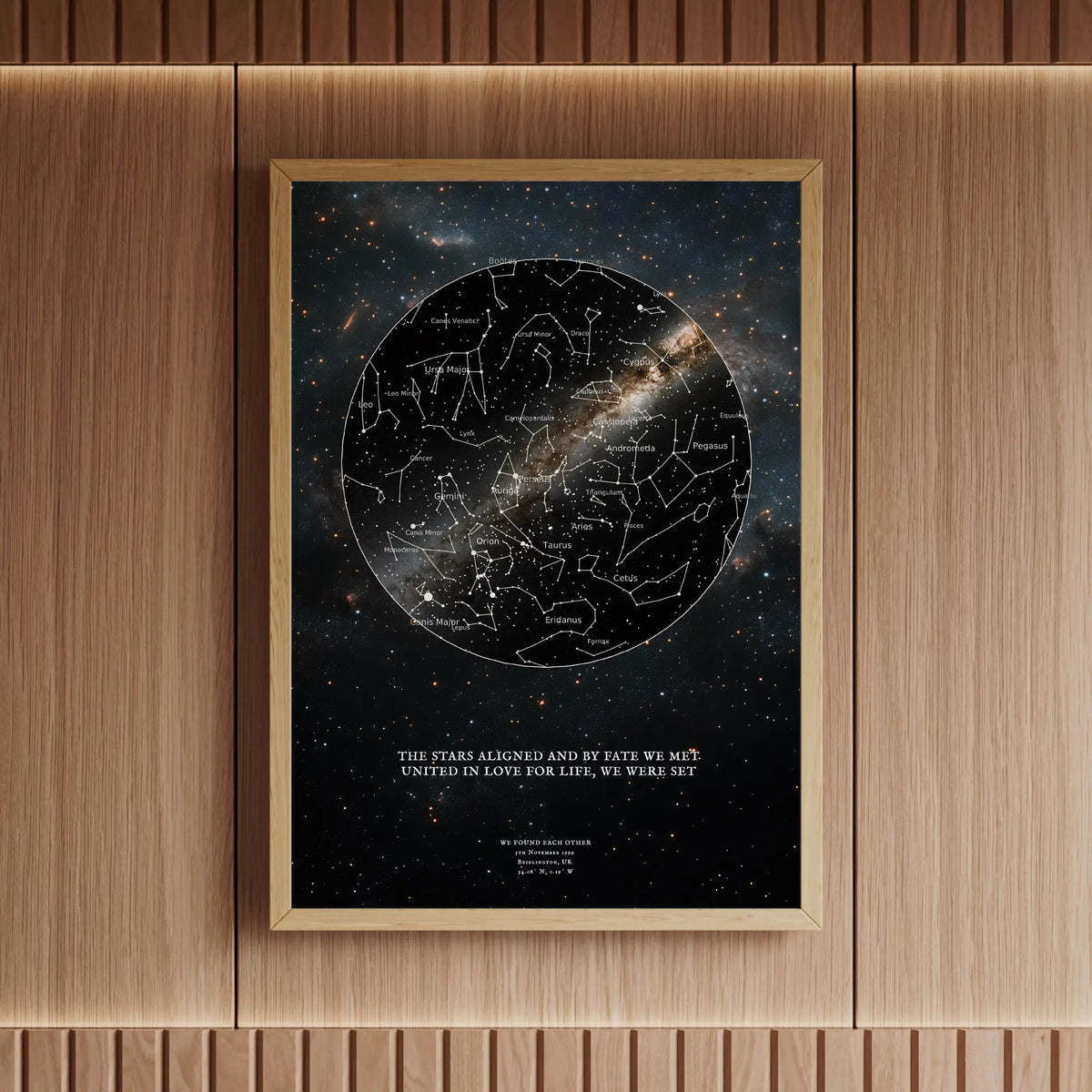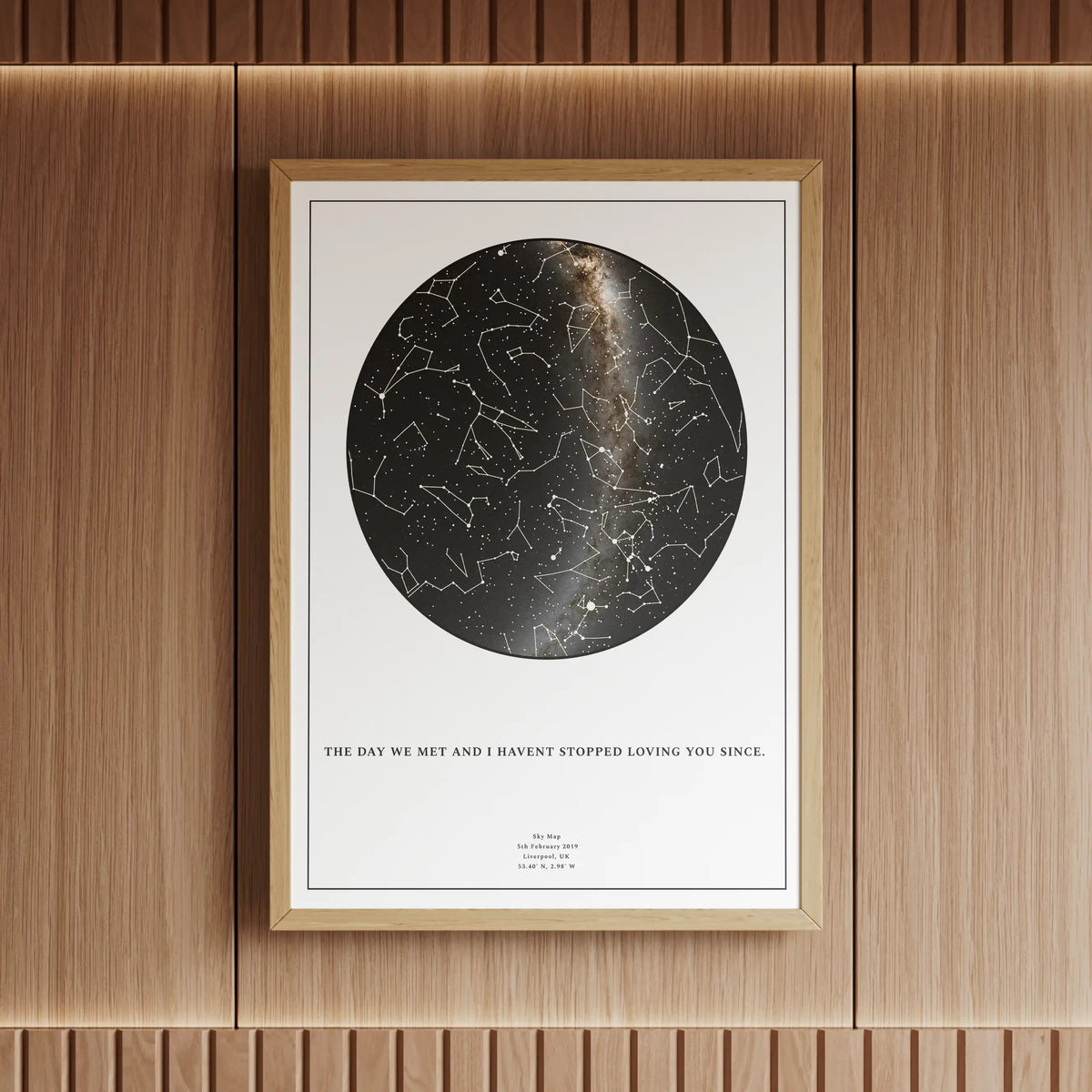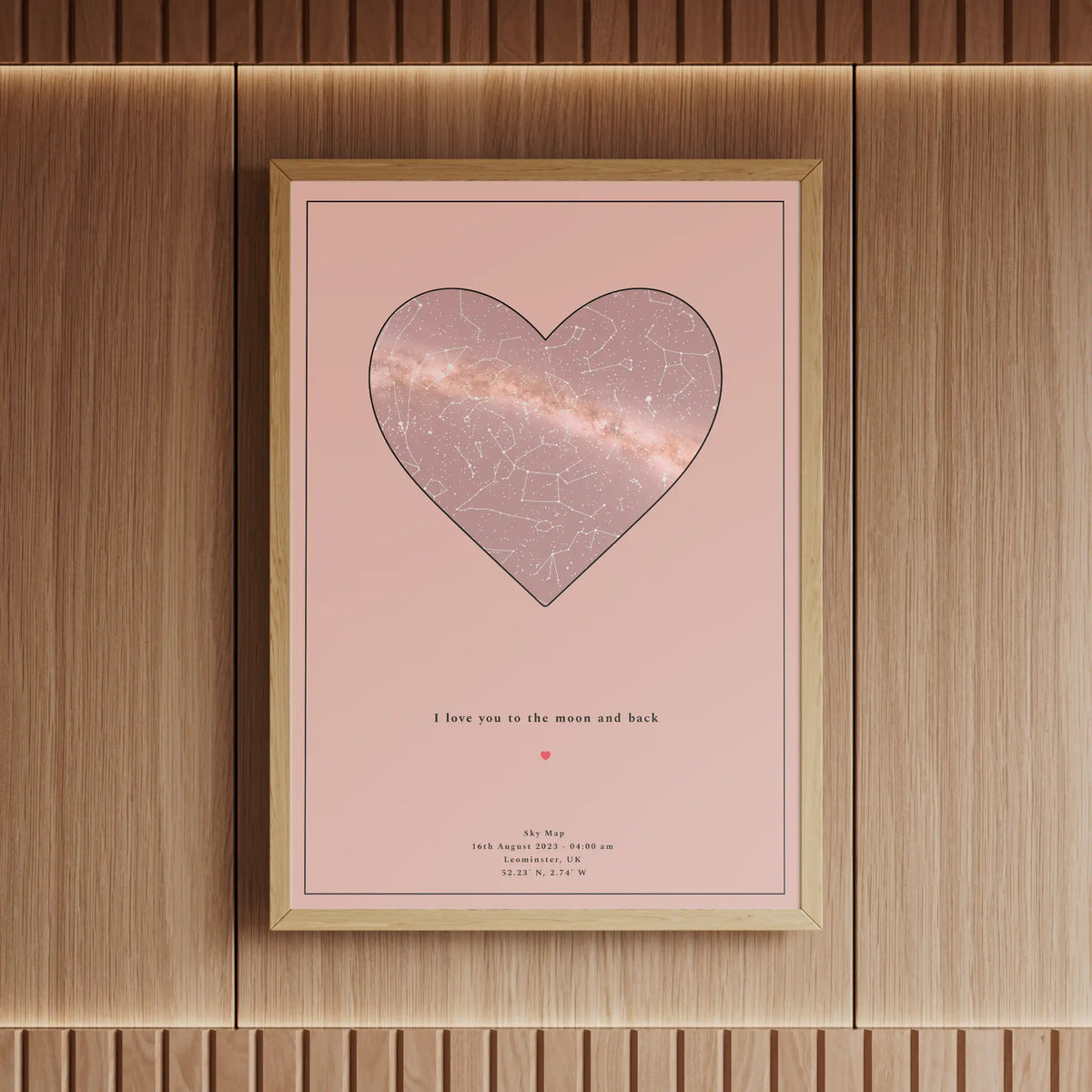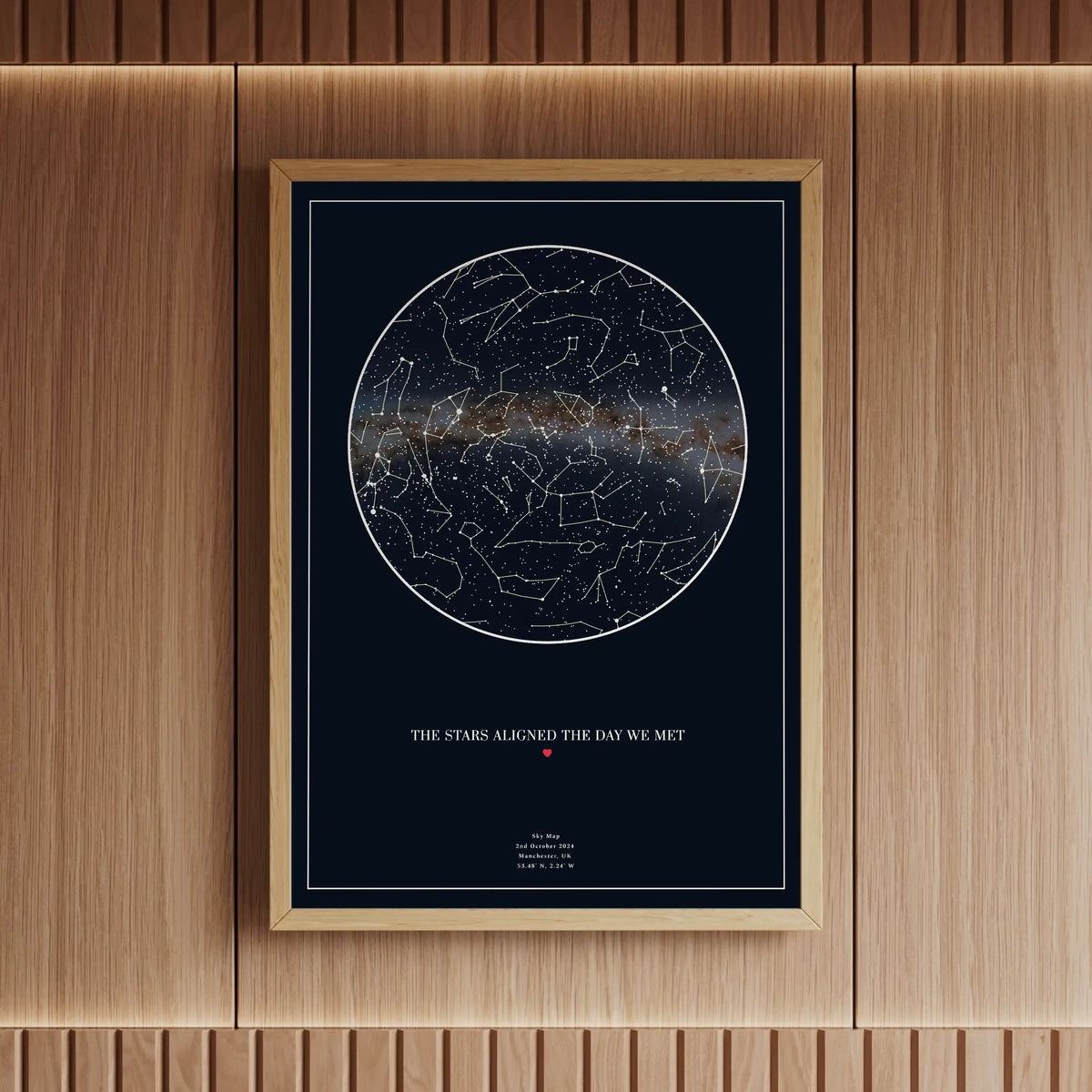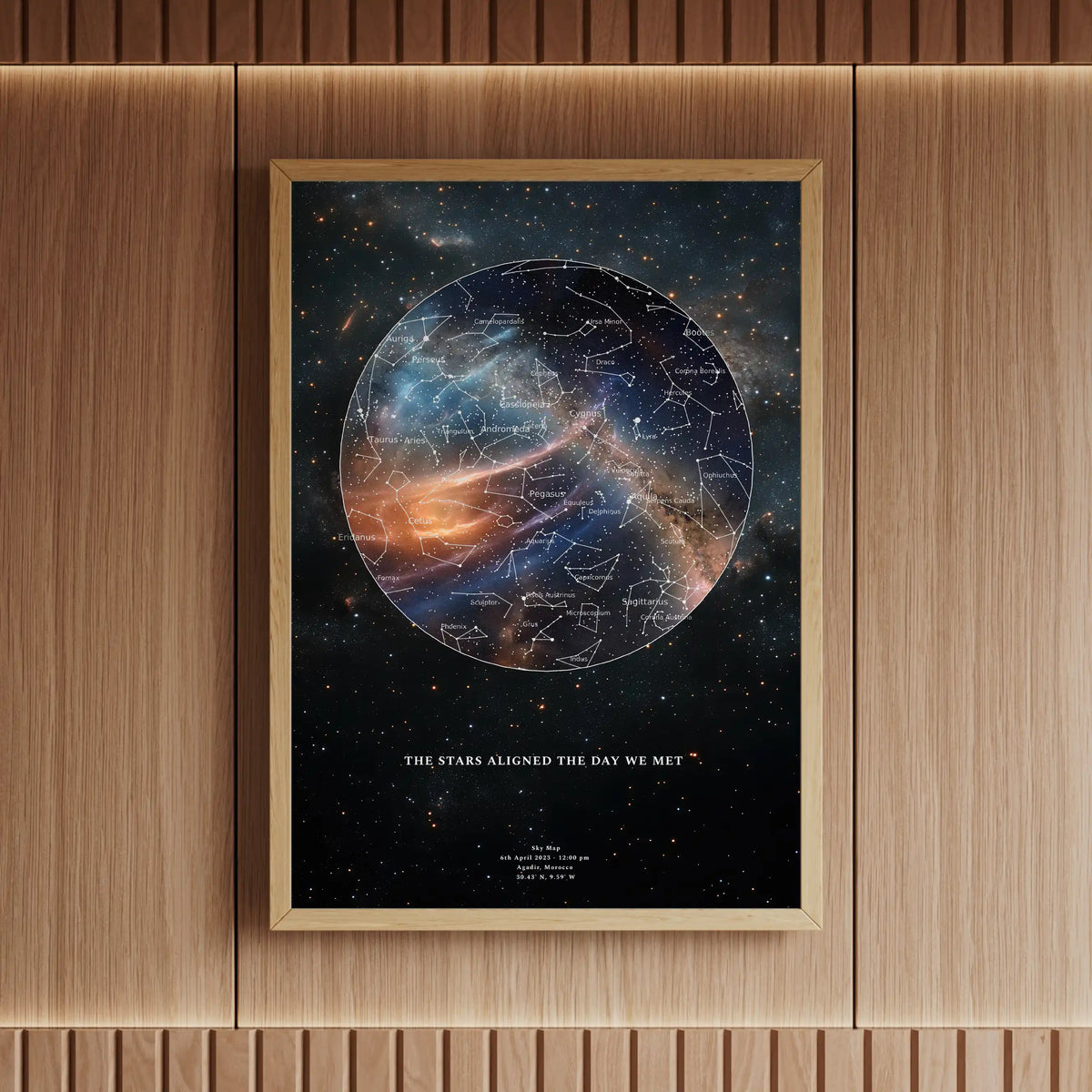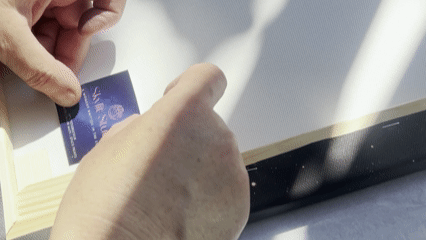The Moon, long a symbol of mystery and inspiration, is now at the forefront of discussions not just for exploration but for exploitation. A recent study has unveiled that our celestial neighbour may harbour up to $1 trillion worth of platinum group metals (PGMs), including platinum, palladium and rhodium. These metals are indispensable in modern technologies—from electronics to catalytic converters—and are pivotal in advancing green energy solutions.
Moon Mining 101
Unlike Earth, where geological activity buries PGMs deep beneath the crust, the Moon’s lack of atmosphere and tectonic movements means these metals—delivered by asteroid impacts—remain relatively accessible near the surface. That makes our lunar neighbour a prime candidate for future mining endeavours. Proponents suggest robotic landers could extract the regolith, separate out metal-rich dust and then return samples to Earth—or, eventually, process materials on-site to build infrastructure in lunar orbit.
“With the Moon’s stable terrain and minimal weathering, platinum group metals could be harvested far more easily than on asteroids.”
Challenges of Extraction
Mining on the Moon is not without its hurdles. The Moon’s low gravity complicates the deployment of heavy machinery, and there is currently no native water supply for processing ore. Engineers must devise entirely new systems—such as solar-powered furnaces or molten regolith electrolysis—to separate valuable metals from lunar soil. Meanwhile, power generation, dust mitigation and crewed versus robotic operations remain active areas of research. Early test missions will need to prove reliability over months or years in the harsh lunar environment.
Ethical & Legal Considerations
As nations and private companies eye lunar resources, questions arise: Who has the right to mine the Moon? Under the 1967 Outer Space Treaty, no nation can claim sovereignty, but commercial exploitation is a grey area. International cooperation and binding regulations will be essential—both to ensure sustainable practices and to preserve historically significant sites. Without proper governance, resource rushes could lead to irreversible damage, fittingly compared to Earth’s own ecological missteps.
Skylit Studio’s Perspective
At Skylit Studio, we’re inspired by these developments every time we design a star map. Our personalised star maps and Moon maps are more than decorative—they celebrate humanity’s enduring relationship with the cosmos. If the Moon transitions from a romantic symbol to a working mine, we must balance curiosity with responsibility. Our prints remind us to revere the night sky even as we explore its potential.
Explore Our Star MapsConclusion
The Moon’s untapped wealth presents both opportunity and responsibility. As we design the technologies to strip precious metals from lunar regolith, let’s also construct a framework that preserves the Moon’s heritage, protects its environment and benefits all of humanity. With thoughtful policies and sustainable innovation, our pursuit of lunar resources can reflect the same reverence we feel when we gaze upon the night sky.

